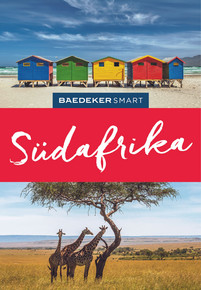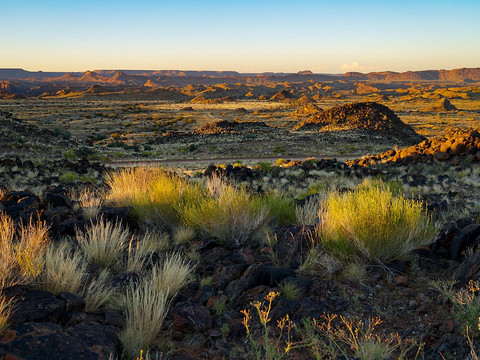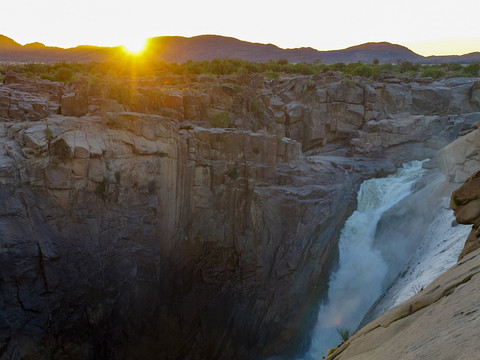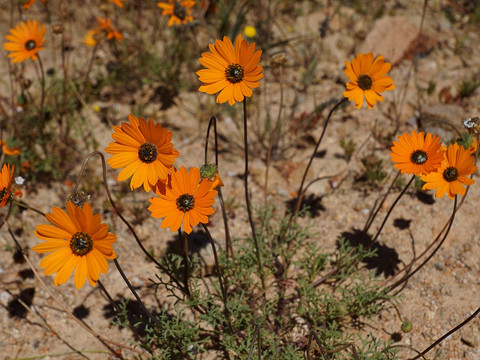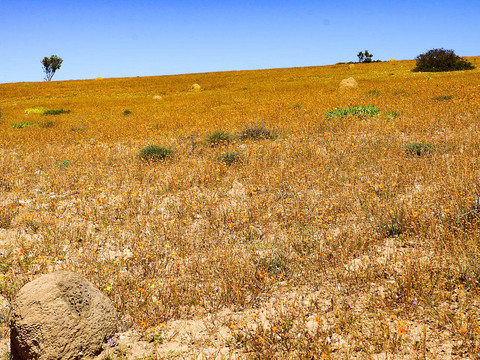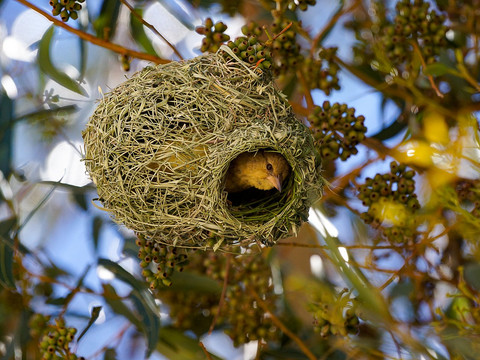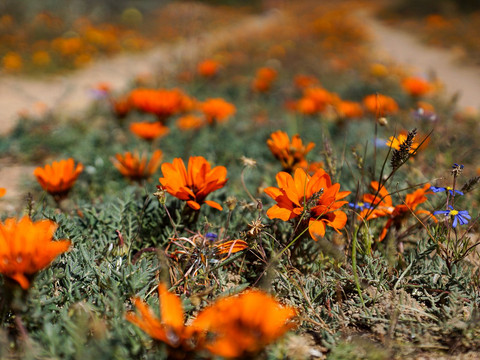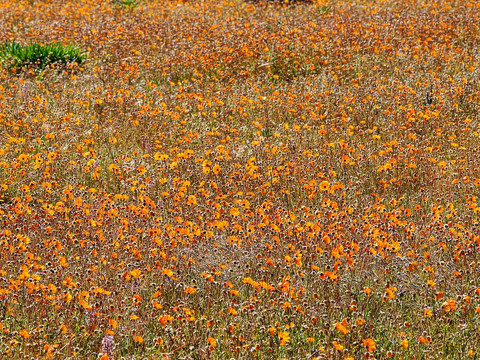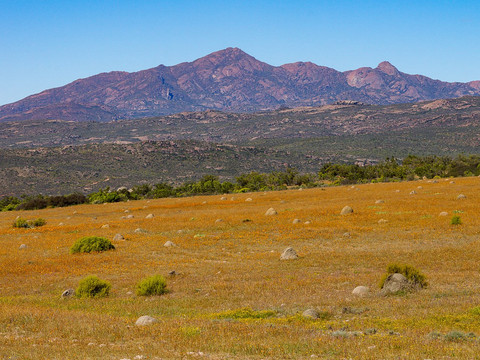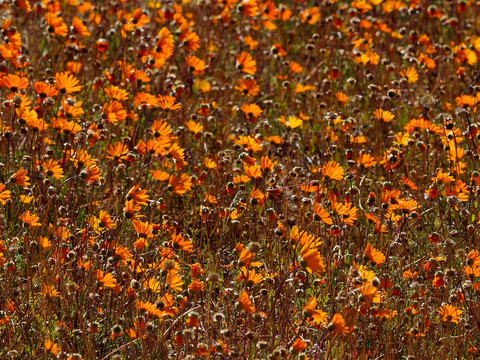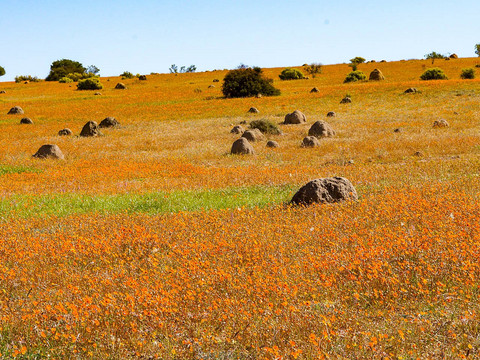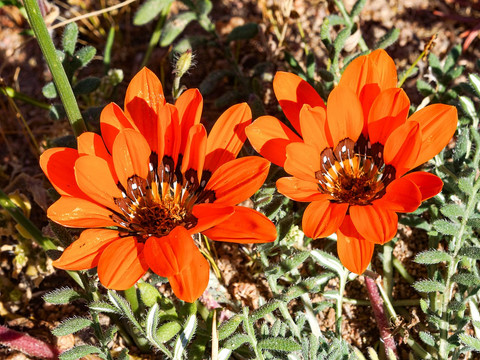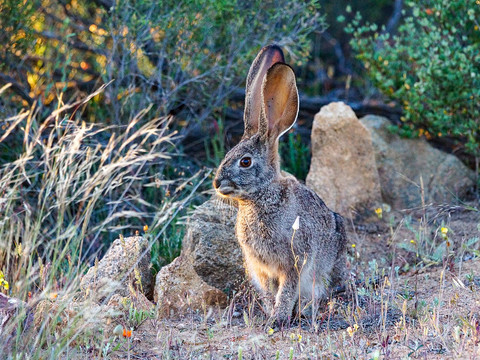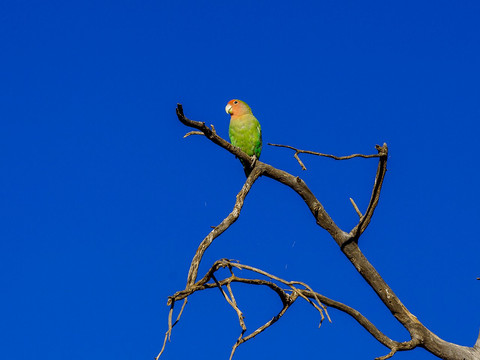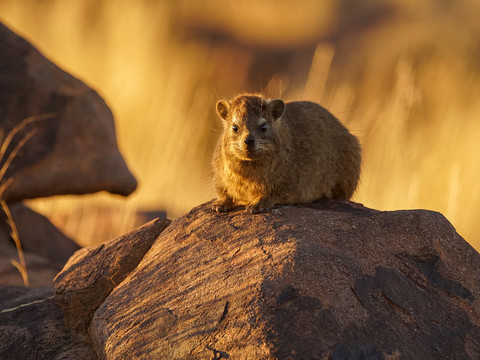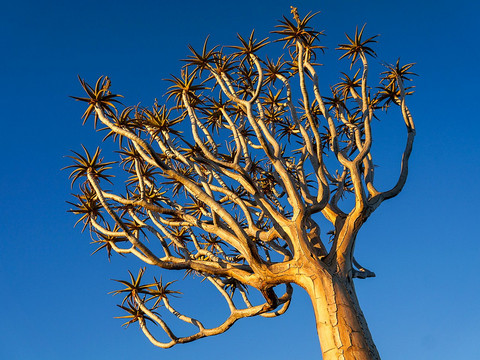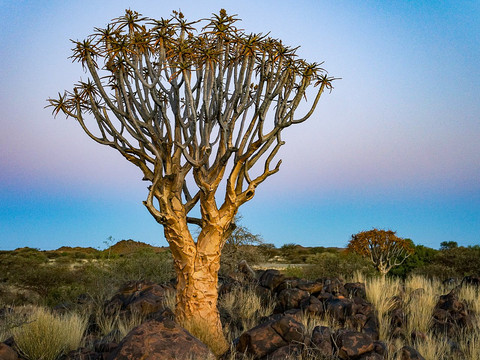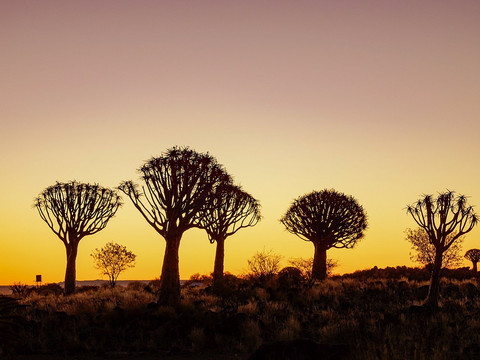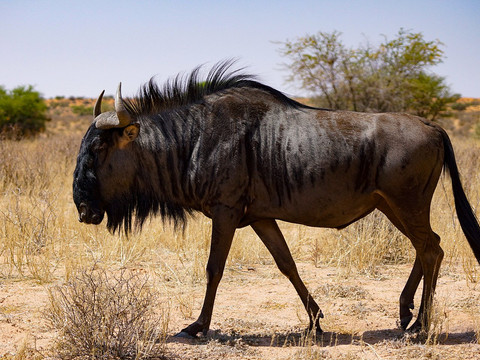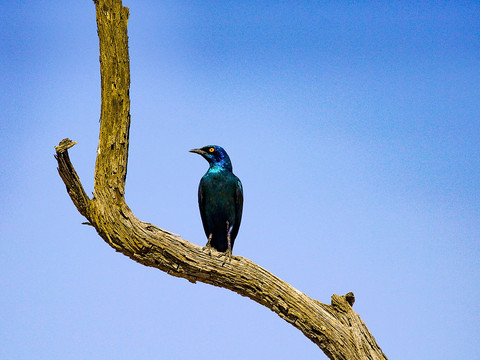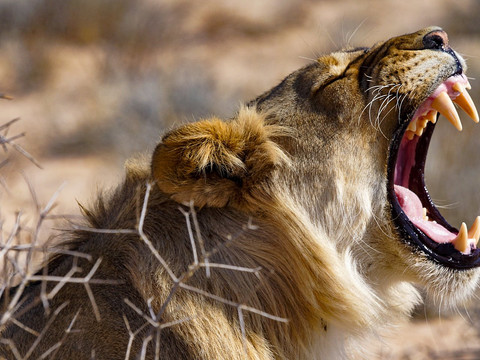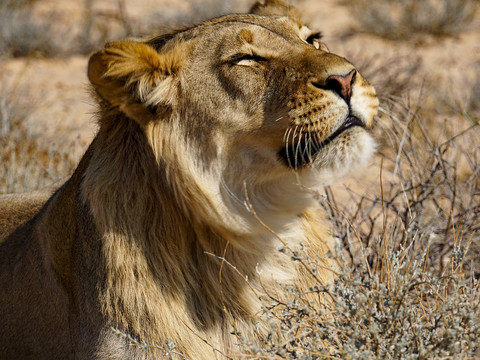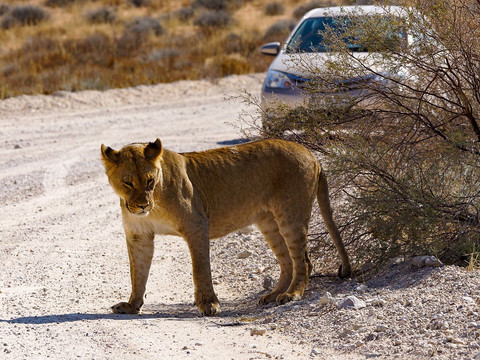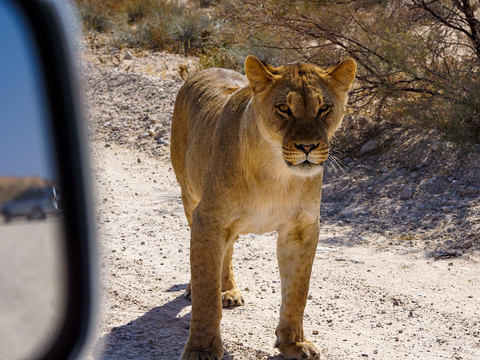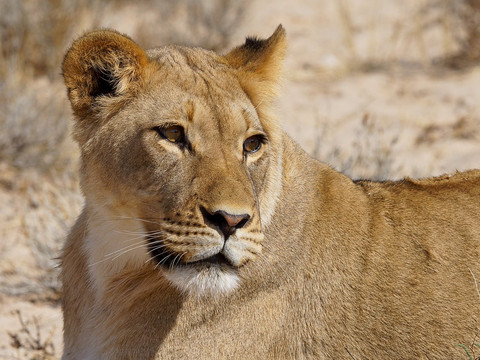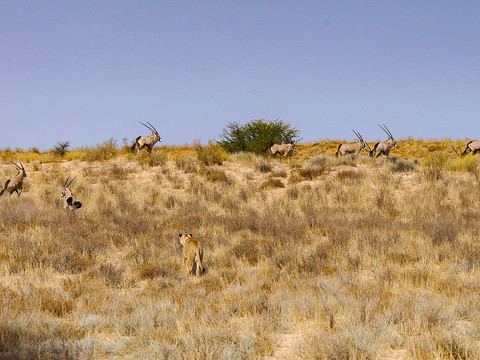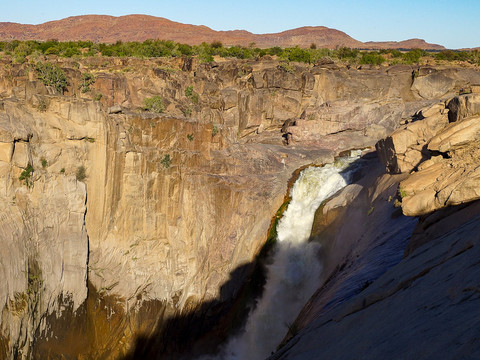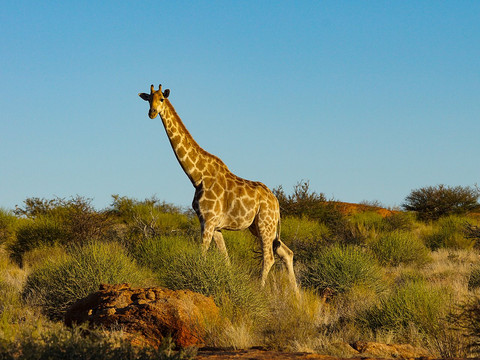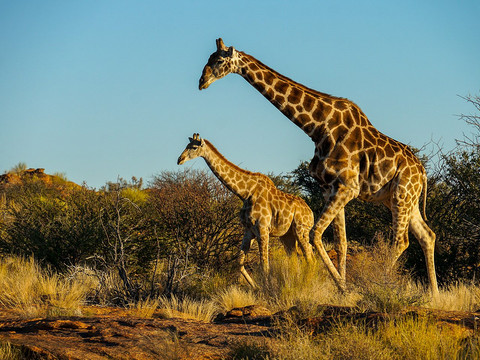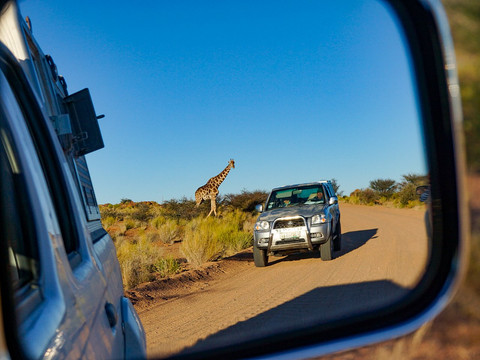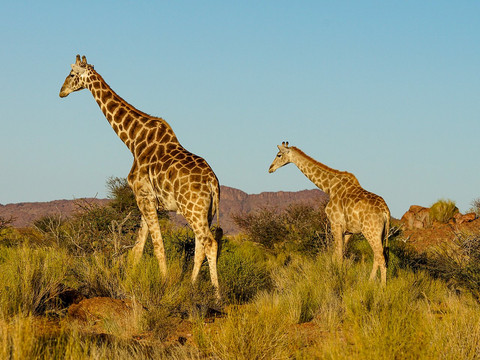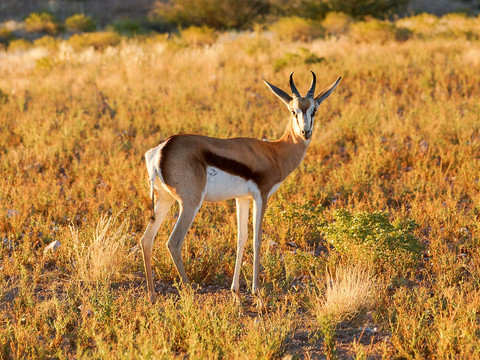The west coast of South Africa between Cape Town and the border with Namibia is still relatively unknown. There are few tourists yet the region offers blooming deserts in Namaqualand, giraffes and raging waterfalls in Augrabies National Park, Kalahari lions and red dunes in Kgalagadi Transfrontier National Park.
After arriving in Cape Town you are quickly on the West Coast in a rented off-road vehicle, the rough Atlantic and the first highlight: The West Coast National Park protects wetlands of international importance, in which important breeding areas of the crescent sandpiper, a migratory bird from the Subantarctic, lie. Spectacled penguins live in their colonies on the offshore islands. In Paternoster, a beautiful coastal village, you must eat fish. At the Restaurant Strandloper, a popular open-air restaurant, you can enjoy 10 courses of seafood until you drop - for just 20 francs.
On the way north, we recommend a detour to the Cederberge mountains. The jagged red rocks are reminiscent of the southwest of the USA and offer excellent hiking opportunities, where you can discover many rock paintings of the San. Not far from the Cederberge lies Clanwilliam, famous as the cultivation area of the famous Rooibuschs, from which the homonymous and tasty tea is made.
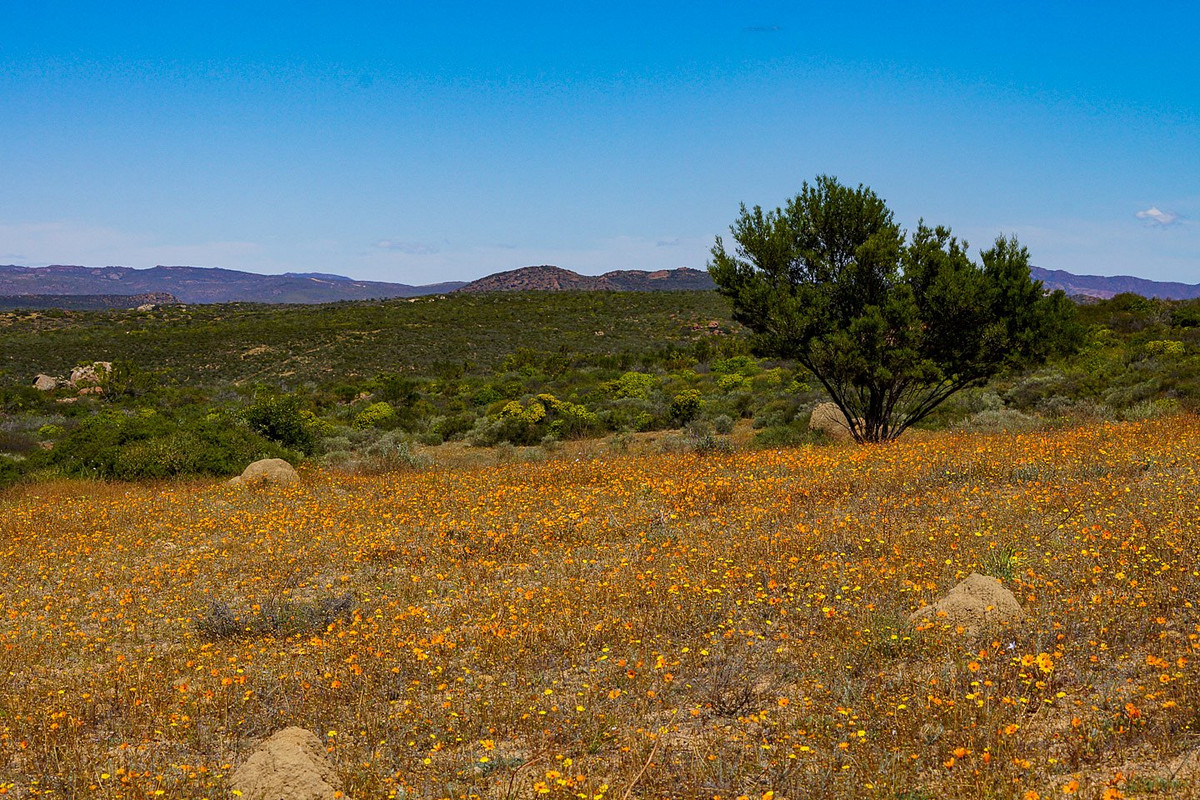
Not only botanists call it a miracle when once a year between August and October the wildflowers in this inhospitable desert in the Namaqualand blossom in all imaginable colours. What previously looked brown and burnt turns into a sea of orange, red and blue flowers practically overnight. Huge flower carpets of daisies, herbs, succulents and lilies stretch out towards the sun. A similar flowering splendour can also be admired near Springbok in the Goegap Nature Reserve. In addition to 600 species of flowers, 45 different mammals live here, including springbok, oryx antelope, clipspringer, ibex and the rare mountain zebra.
The Ais-Ais-Richtersveld Transfrontier Park on the border to Namibia is one of the most beautiful regions of South Africa due to its remoteness and its magnificent landscape with steep rock massifs and deep gorges. Those who love solitude and bring an off-road vehicle will get their money's worth here. A rafting or canoe trip on the Orangeriver, South Africa's longest river, which rises in the Drakensberg Mountains in Lesotho and flows into the Atlantic Ocean after 2250km shortly after plunging down the impressive Augrabies Falls, is also recommended. The national park of the same name offers not only an impressive water spectacle but also a large variety of wildlife: Klippspringers, bear baboons, guenons and a large number of giraffes. An afternoon drive through the park is not to be missed. A 30km network of pistes runs through the park and leads to magnificent vantage points. From here it is not far to the southern foothills of the Kalahari and to the Kgalagadi Transfrontier Park, which is located in the northernmost tip of South Africa, squeezed between Namibia in the west and Botswana in the east. It is part of one of Africa's largest nature reserves. Orange-red sand tracks run through the park from waterhole to waterhole. At the artificial waterholes there is a good chance to see the game in the park: Oryx, springbok, eland antelopes, warthogs, jackals and with a bit of luck you can also spot the black-maned Kalahari lions, shy cheetahs, leopards and hyenas.
In the evening there is nothing better than to enjoy a sundowner from your tent camp and watch the animals at the waterhole.
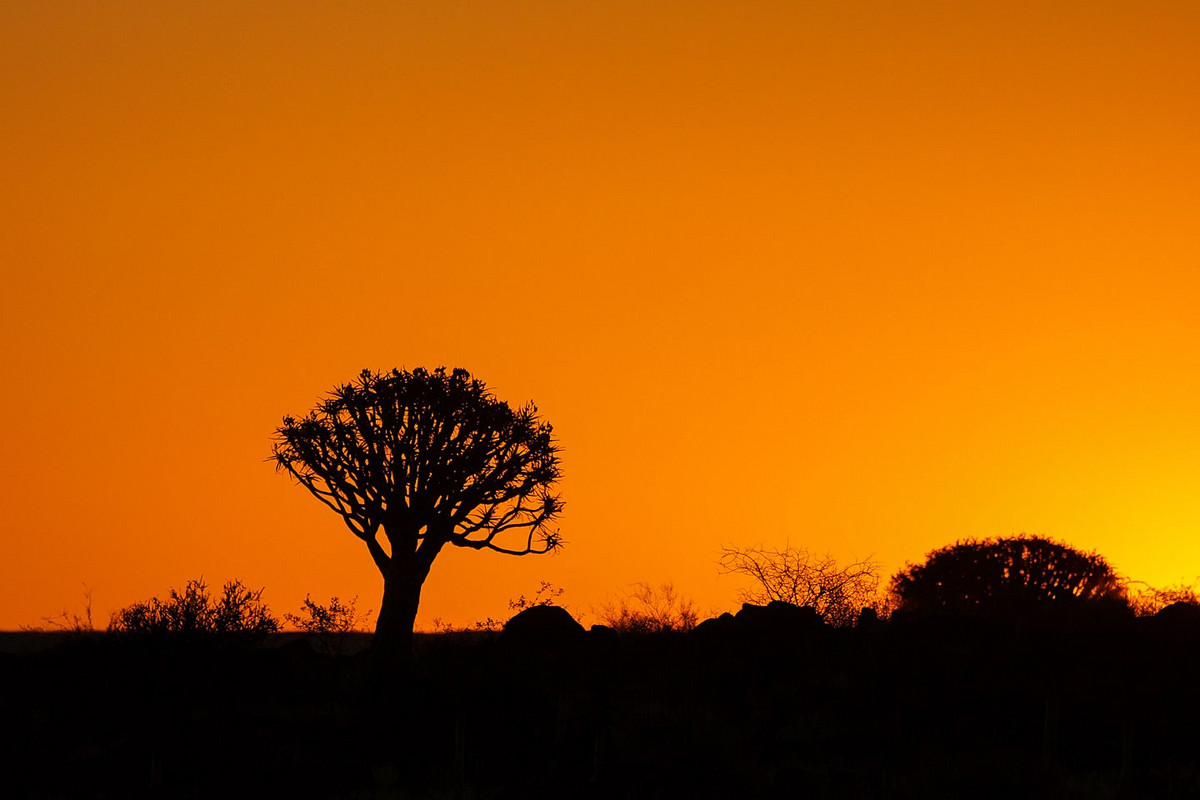
From here it is recommended to change to Namibia. The border formalities in Mata Mata are simple and after a short drive you reach Keetmannshoop, where Namibia's most beautiful quiver tree forest is located - a national monument since 1955. Some of the 250 Aloe trees are up to 300 years old. The most beautiful photos are taken in the hour before sunset, when the red of the evening sun makes the trees glow.
If you have more time, you could take the south of Namibia with you to visit the Fish River Canyon or the town of Lüderitz. Otherwise, one reaches Windhoek quickly in a half-day trip and on a good road.

To properly prepare for your trip
How you get there:
with SWISS via Johannesburg to Windhoek or with Condor non-stop from Frankfurt
How long should I go:
14 days
Best travel time:
August to October for the wildflower season
Highlights:
Namaqualand, Augrabies Falls, Kalahari with National Park, Quiver Tree Forest
How to get around:
With an off-road vehicle from
www.tuicamper.de
More info:
https://www.southafrica.net/de/de/travel
https://www.namibia-tourism.com
Realised by Michael Bachmann
Further travel pictures under www.kissed-by-nature.com
